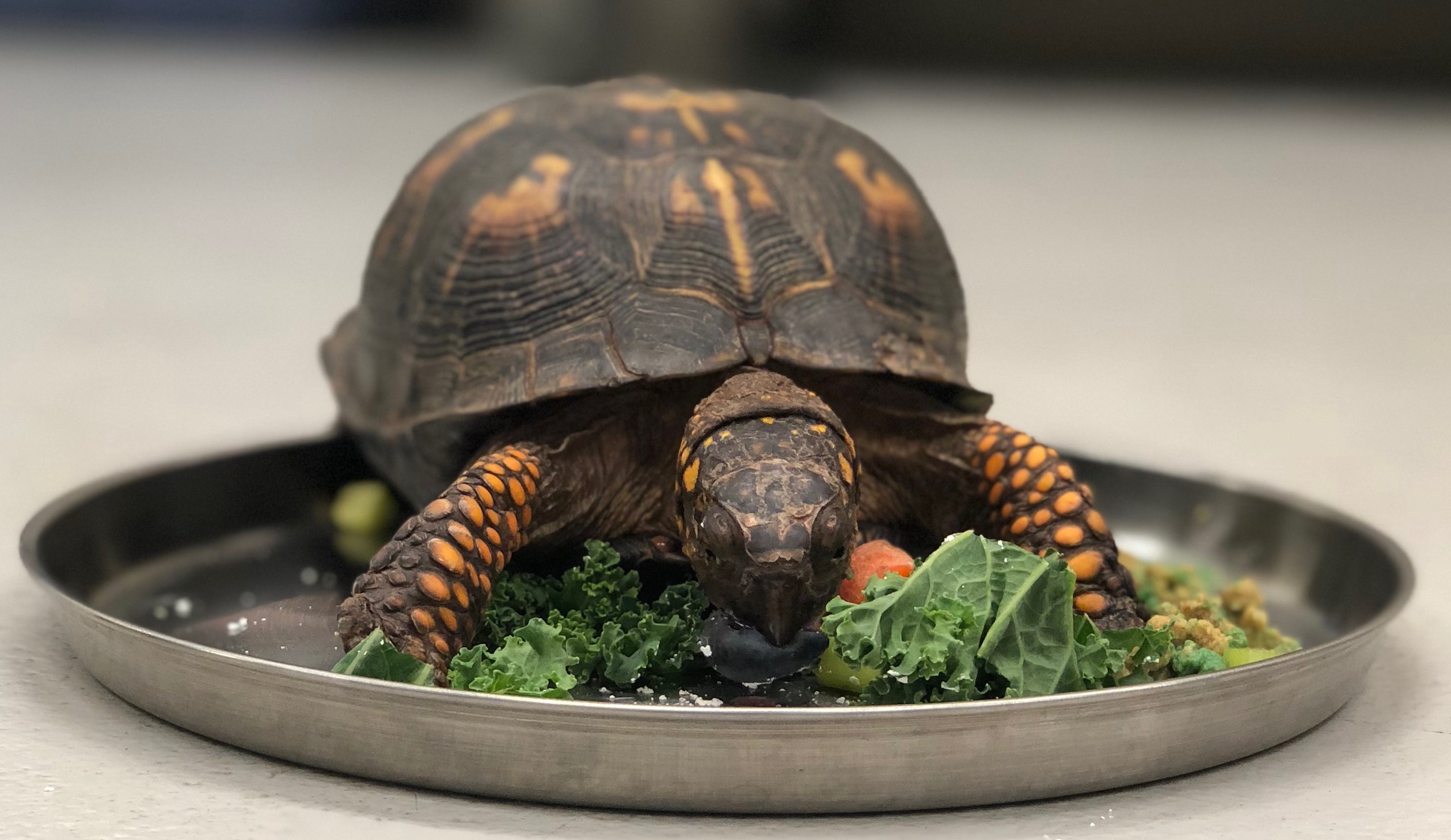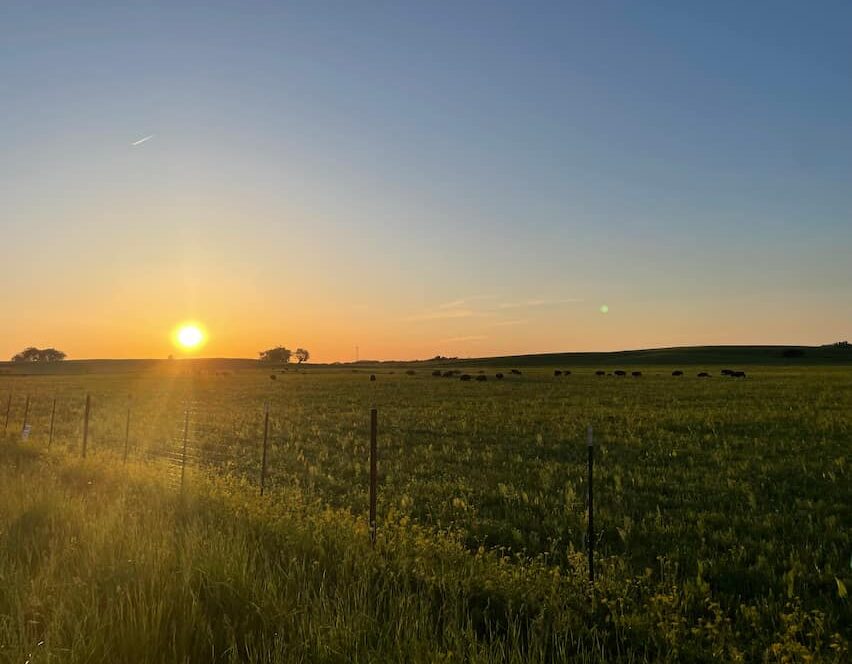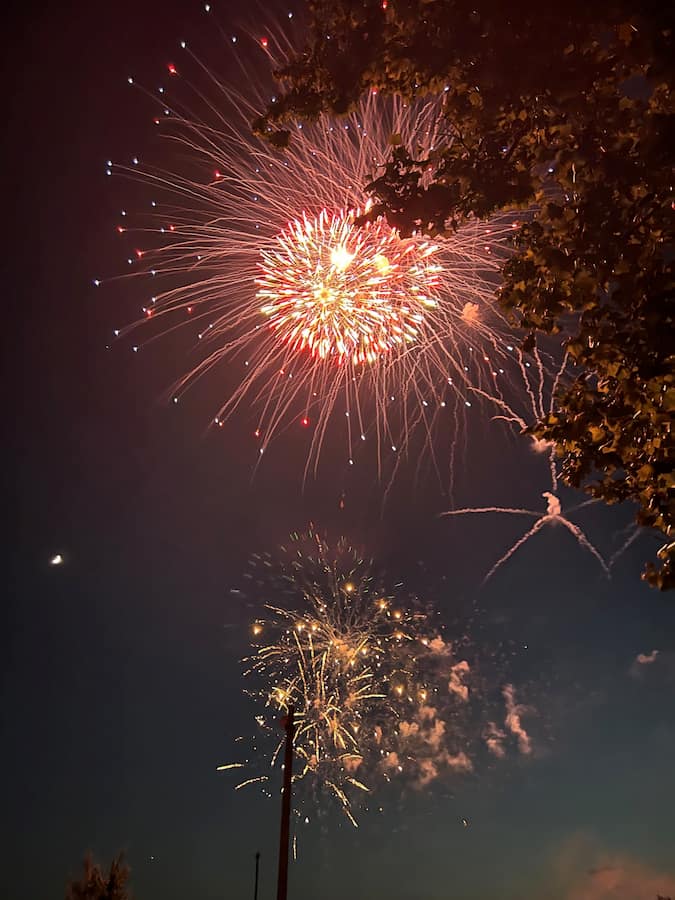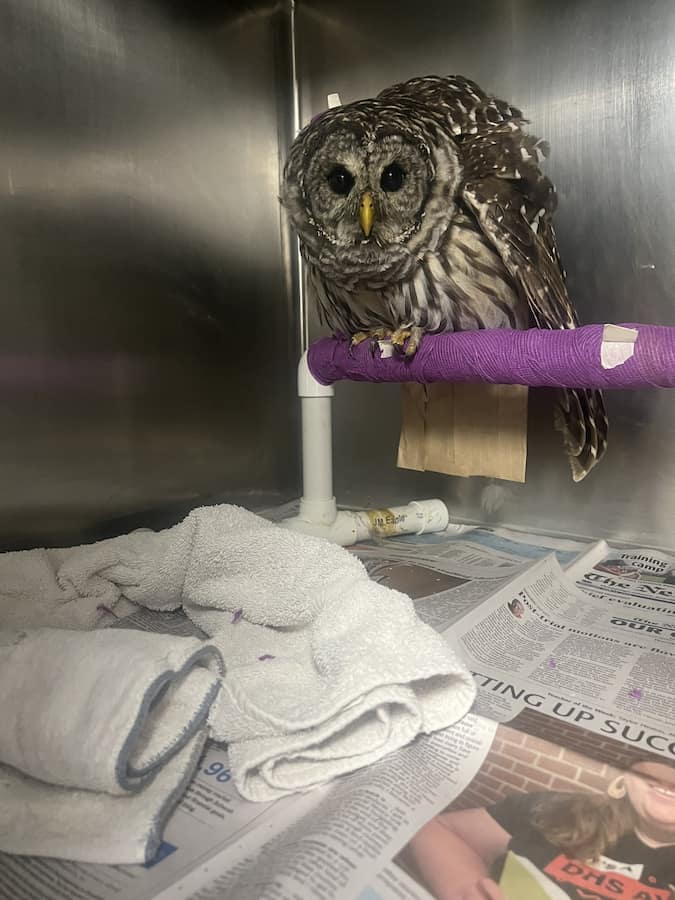Our nine ambassador animals have diverse nutrition needs that require a lot of planning and preparation. Each ambassador also has their favorite (and least favorite) foods. In developing their regular diets and treats, we cater to their individual preferences to optimize their health and welfare daily.
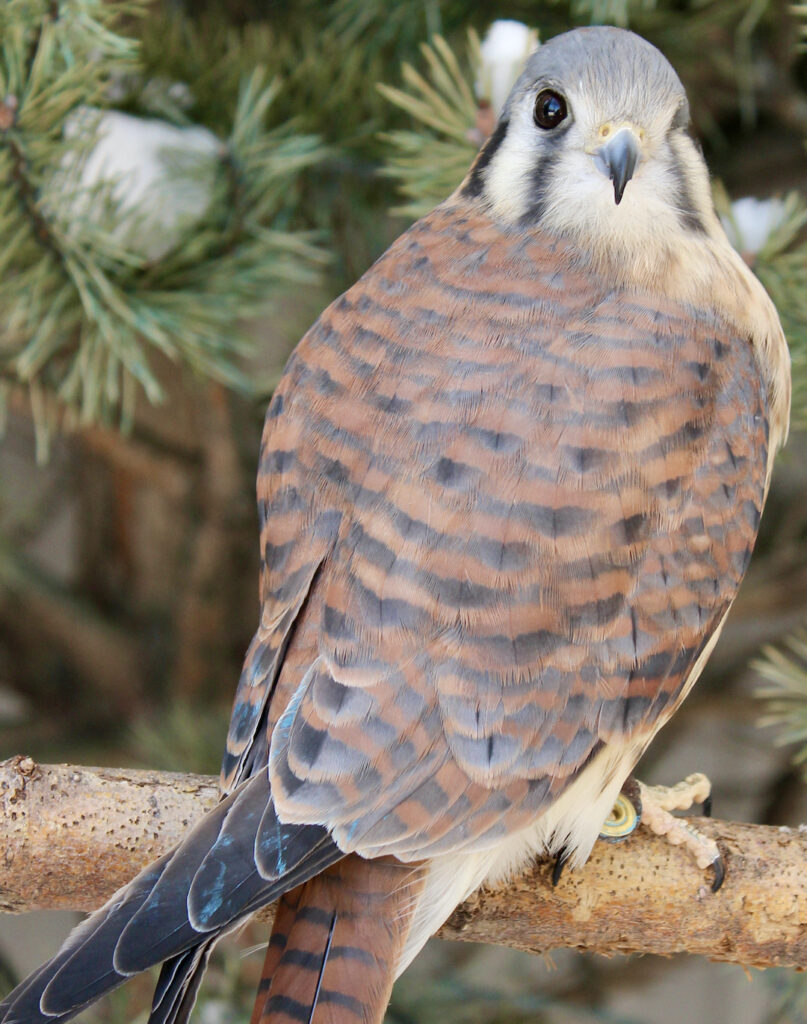
Our avian ambassadors and ball python, Bucket, eat almost exclusively whole prey items that have been humanely euthanized. This includes mice, rats, poultry, and fish of various sizes. Odin, our male red-tailed hawk, is especially fond of chicks, while River, our bald eagle, loves bass. Thistle, our American kestrel, and Vara, our barred owl, prefer rodents and are more particular about food item size than the other birds. Ruby, our younger female red-tailed hawk, simply loves food-she doesn’t care what it is, she wants it! Bucket’s appetite is less ravenous, as she eats only one or two mice once a week.
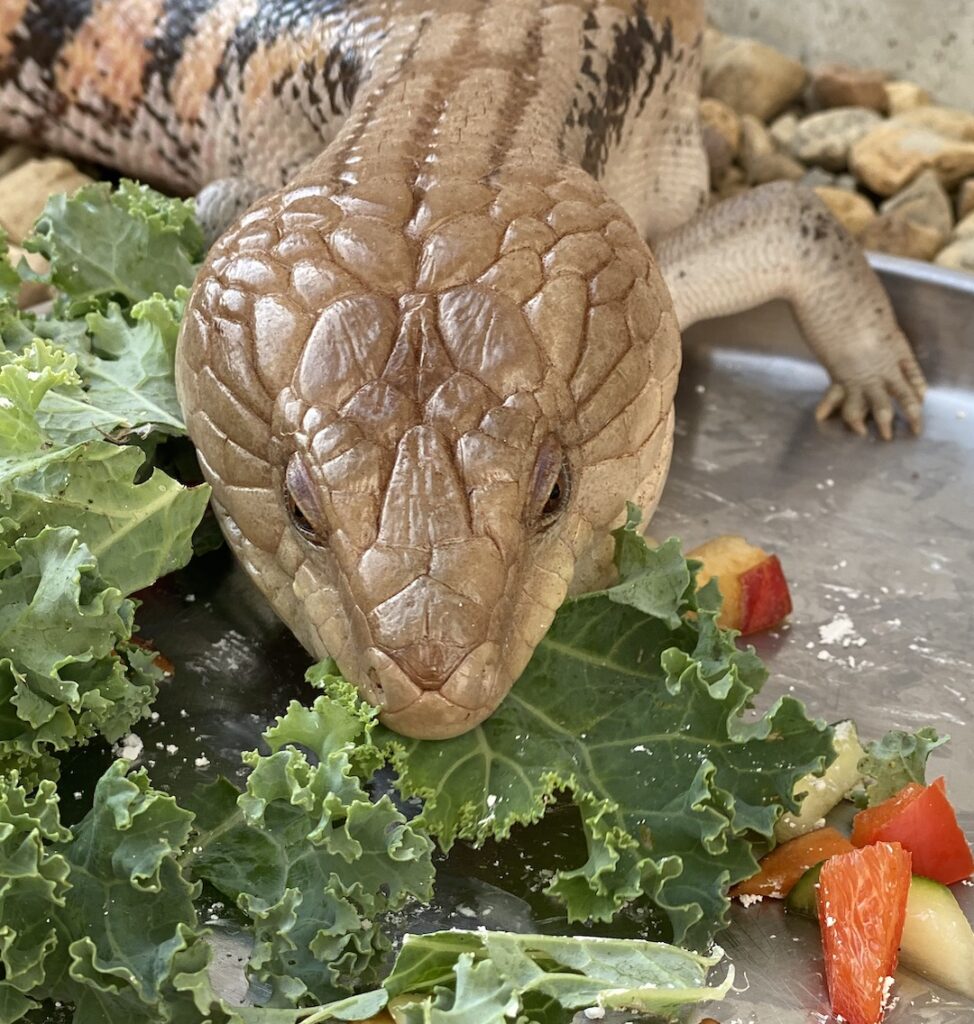
Patty, Hazel, and Onslo, our Virginia opossum, eastern box turtle, and blue-tongued skink respectively, are omnivores, meaning that they eat fruits, vegetables, and protein sources such as small mice, insects, and boiled eggs. Onslo’s favorite food is blueberries. We think it’s because they match his vibrant tongue! Hazel prefers a variety of brightly colored fruits and vegetables, like tomatoes, bell peppers, and strawberries. Patty, on the other hand,loves leafy greens such as kale. On special occasions, Patty also enjoys her peanut butter treats!
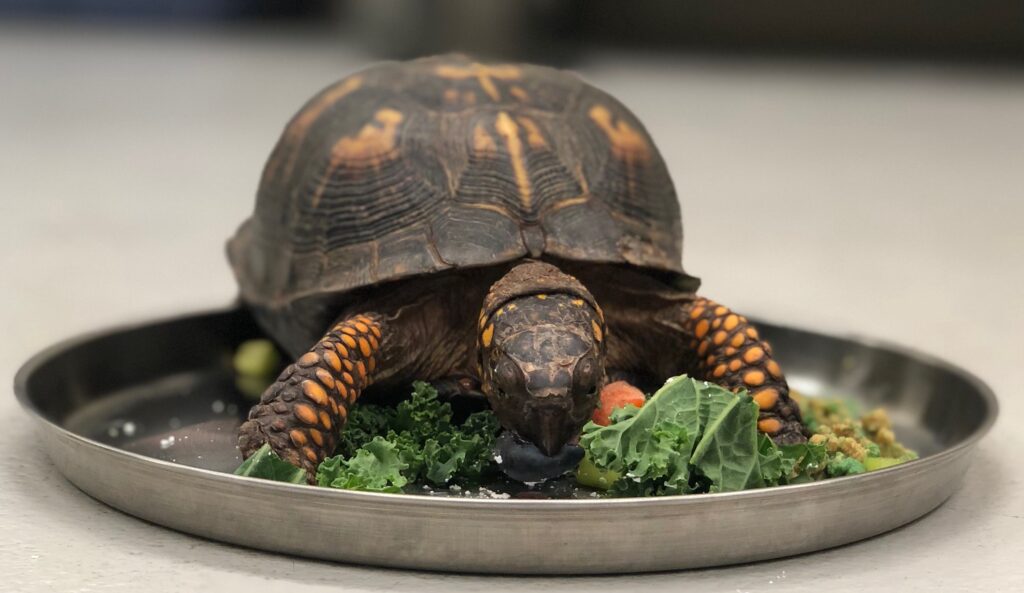
To ensure our ambassadors are getting the nutrients they need, we record daily food intake and regularly monitor body weight and body condition for each animal. Our Wildlife Ambassador Care Coordinators analyze this data, considering the season and metabolic demands of each individual, and tweak diets regularly to keep each of our ambassadors healthy. As an example, the impending cooler weather means our avian ambassadors will need to increase their weight by about 30 percent in the fall to prepare for winter, then lose that weight again in the spring. It’s our job to make sure that they cycle through these changes safely and effectively, while still enjoying their dinner!
We thank our Wildlife Ambassador Care Coordinators for all their hard work and dedication on behalf of our ambassador animals. This volunteer position is one they hold in addition to their veterinary school demands. Each of our three coordinators passionately take on this responsibility, much to the benefit of our animals and our whole program. We hope you get a chance to meet our ambassador animals by stopping by their enclosure at the Vet Med South Clinic or through one of our Wildlife Encounters outreach programs. Please visit our website if you’d like to learn more or schedule a program!
Written by Maura Ryan, class of 2024.

